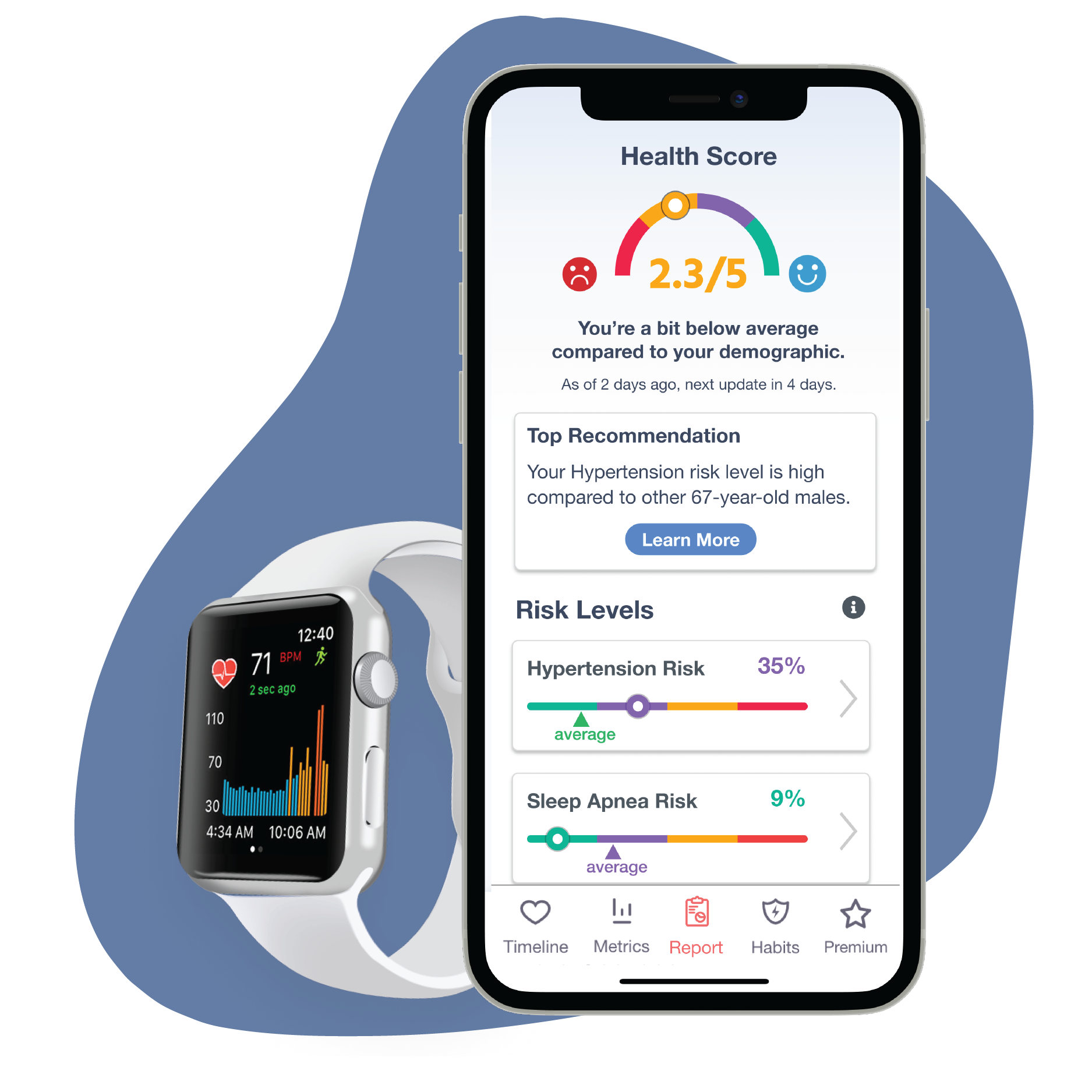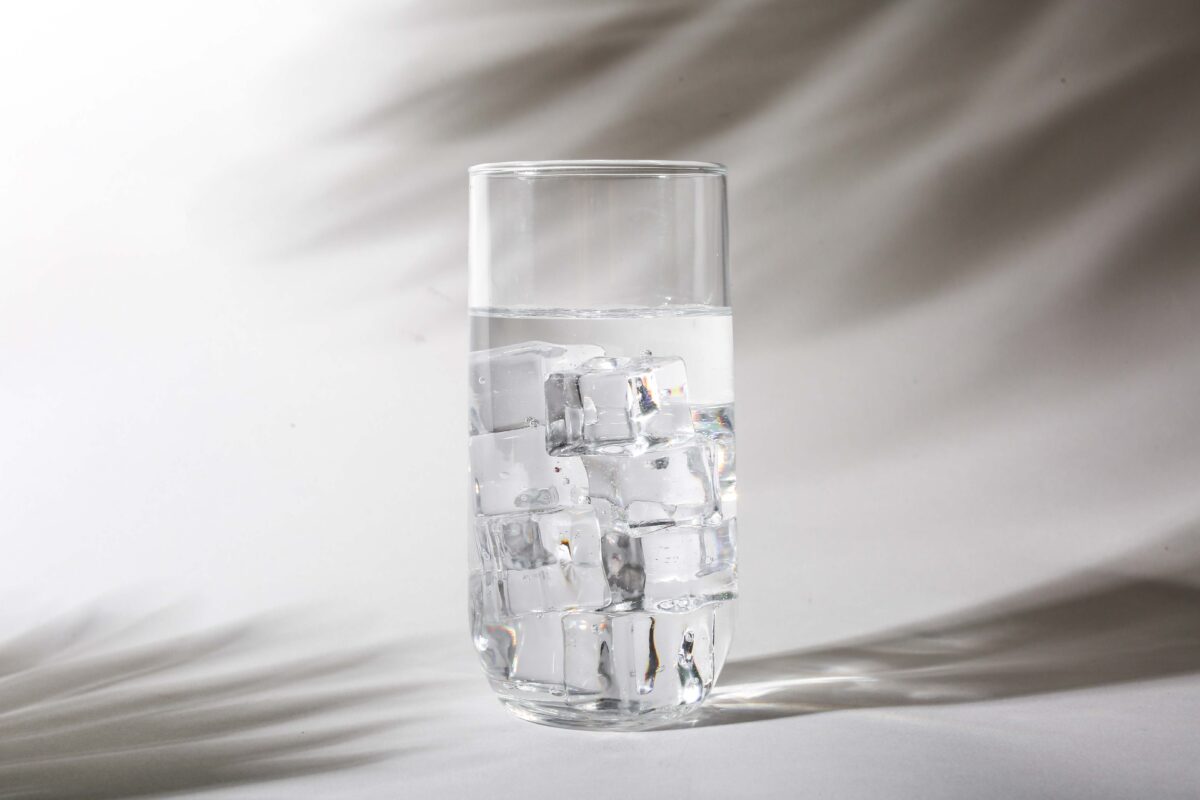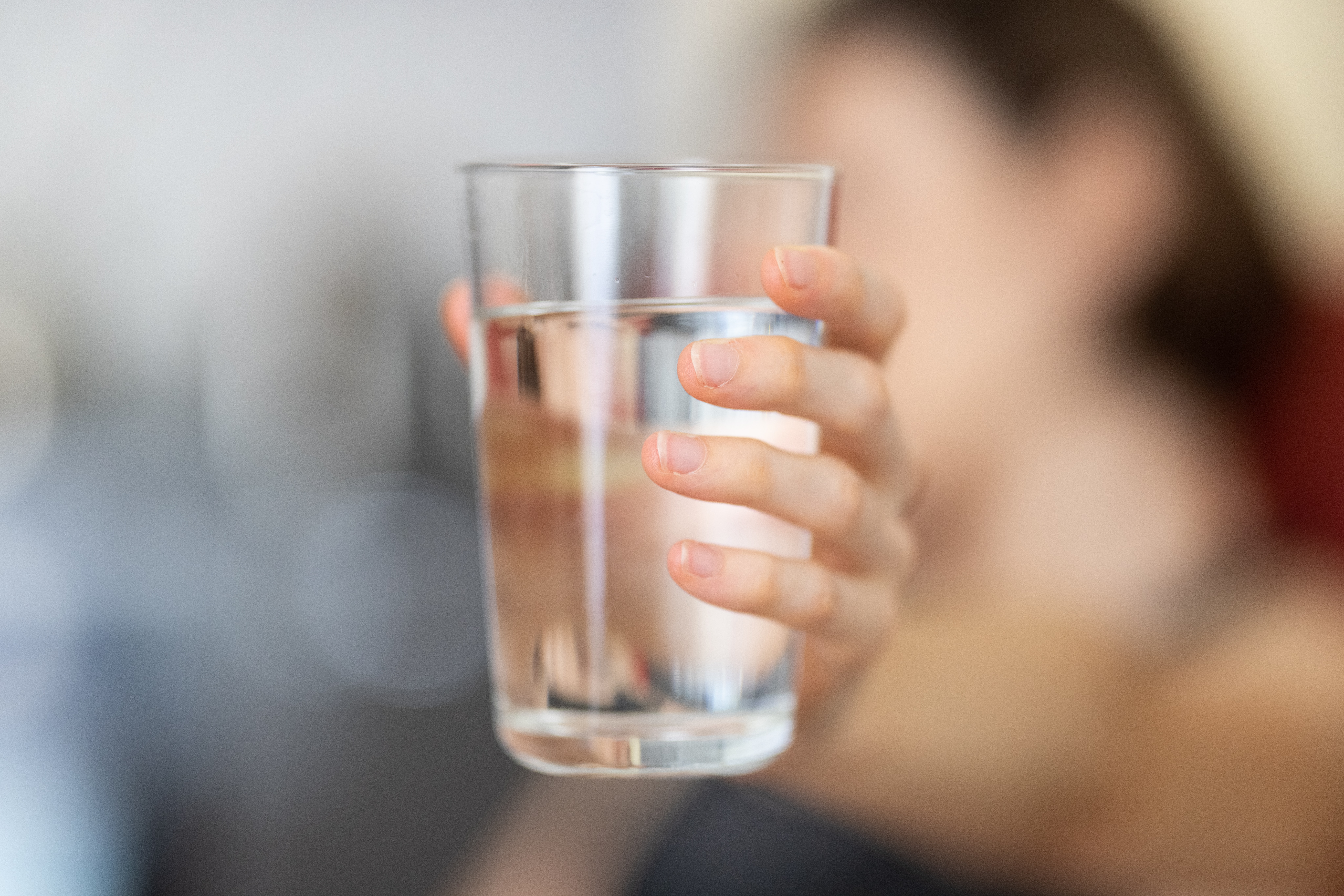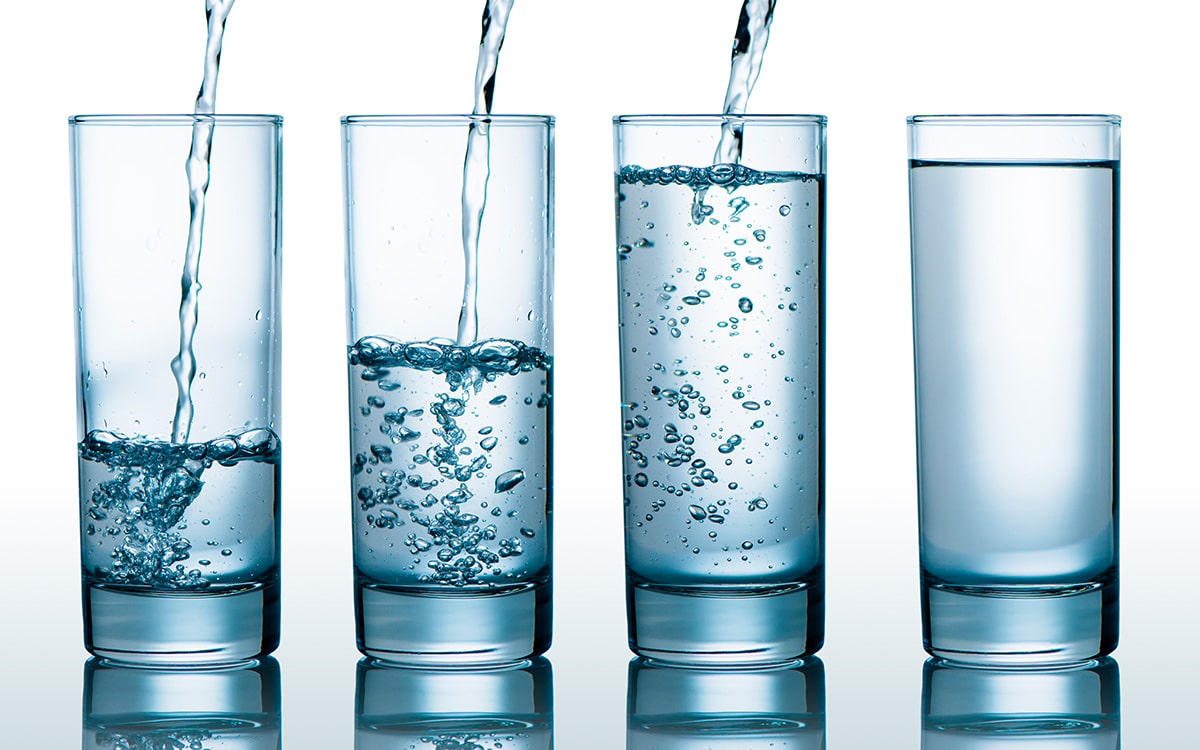


As many of those with POTS (postural orthostatic tachycardia syndrome) already know, one of the keys to managing this condition is to stay properly hydrated. (For general information on hydration and heart health, read our journal Does Hydration Impact Heart Health ).
In this article, we’ll look at why hydration is so important for those with POTS, and the best ways to ensure proper hydration in order to reduce symptoms.

It’s long been known that drinking plentiful amounts of water and maintaining proper hydration is helpful for many with POTS, easing symptoms and making day-to-day tasks more manageable. This is because many folks with POTS have a low blood volume ( 1 ), and proper hydration helps to increase that blood volume. Common POTS symptoms include an increase in heart rate upon standing, as well as lightheadedness, and fainting. However, multiple studies have shown the effectiveness of increased water intake for managing these symptoms. ( 2 )
For instance, one study found that when properly hydrated, POTS patients’ heart rate responses to standing lowered by 15 beats per minute (bpm) ( 3 ). Other similar studies have also confirmed that hydration increases tolerance to standing for those with POTS ( 4 ). It can also help to prevent a rapid increase in heart rate as well as boost the circulatory system ( 5 ).
It’s believed that the reason drinking water is such an effective treatment is because it quickly raises sympathetic activity and blood pressure ( 6 ). On the other hand, being dehydrated triggers stress responses as well as the sympathetic nervous system, both of which increase heart rate, leading to an increase in symptoms. To prevent dehydration and consequential symptoms that can arise from it, follow the following keys to staying hydrated with POTS.
Note : As you read on, it should be noted that there are many types of POTS and that different things may trigger symptoms depending on the type. Because of this, management should be applied accordingly, and it’s always recommended that you consult a doctor before applying

The amount of water and fluid you drink each day is a huge piece of the puzzle. According to the 2015 POTS Expert Consensus Statement, those with POTS should drink between 2 to 3 liters of fluid each day. Of course, this amount will vary for each person. So, it’s important that you figure out what that “magic number” is for you.
Many with POTS also find that dispersing their fluid intake throughout the day is helpful in lessening or avoiding symptoms. This is partially to give your renal system a chance to properly absorb what you’re taking in. When you drink too much all at once, your system becomes inundated, and your body is forced to excrete the excess fluid that it simply can’t process. Which results in being less hydrated. With this in mind, know that easy does it. Rather than guzzling down your drinks, focus on taking small sips throughout the day. Not only will you feel better, but your kidneys will thank you too.

For those with POTS, it’s especially important to know whether or not the beverages you consume are hydrating, or dehydrating, and the effects they could have on your system.
Drinks that those with POTS should focus on consuming include:
On the other hand, drinks to avoid with POTS include:
If you have POTS, you surely already know just how critical timing is. Because triggers differ for everyone, it’s important to become keenly attuned to your body and its specific clues and triggers. However, there are certain predictable triggers most people with POTS experience regularly such as standing up, standing for long periods of time, eating a large meal, or being exposed to heat. Planning hydration around known triggers can help to decrease symptoms often associated with these activities.
1. Standing up
Standing causes your heart rate to spike and blood to drain from your head and upper body, increasing symptoms. However, water consumption both increases your circulation and decreases the amount to which your heart rate will rise upon standing ( 8 ). So, before standing up, (especially when you’re first waking up in the morning when your blood volume is at its lowers), hydrate to prepare your body. Have a glass of water, lemon or lime water is even better, on hand or by your bedside and drink before incrementally rising to stand.
2. Standing for long periods
One study showed that POTS participants who drank 16 ounces of water before standing for a prolonged period were able to stand 36% longer than those who drank no water ( 8 ). With this being the case, be sure to prep yourself with ample hydration when you know you’ll be in a situation where prolonged standing will be involved.
3. Eating large meals
Eating shifts our body’s focus from its usual processes of managing heart rate and blood pressure onto digestion. This means blood flow is redirected from the head to the digestive system, which often increases symptoms. Of course, the best course of action is to avoid eating large meals. But there are those times when a large meal is going to be eaten. (And that’s okay! You have to enjoy yourself). So, when you know you plan to enjoy a larger portion, prepare yourself by hydrating up to 30 minutes prior to your meal. This will boost your blood volume and help to decrease likelihood of symptoms.
4. Heat Exposure
POTS symptoms are often triggered by heat, whether it be from a hot shower or warmer weather. The reason this happens is because heat causes blood vessels to widen which increases heart rate and other POTS symptoms. Heat also causes us to sweat, depleting us of electrolytes. Because of this, drinking water or an electrolyte drink before a shower can help to increase blood volume and keep symptoms at bay.

In addition to staying hydrated, be sure to use your Cardiogram app to help track and monitor symptoms. Discover how to u se Cardiogram to its full potential for POTS management and diagnosis here.